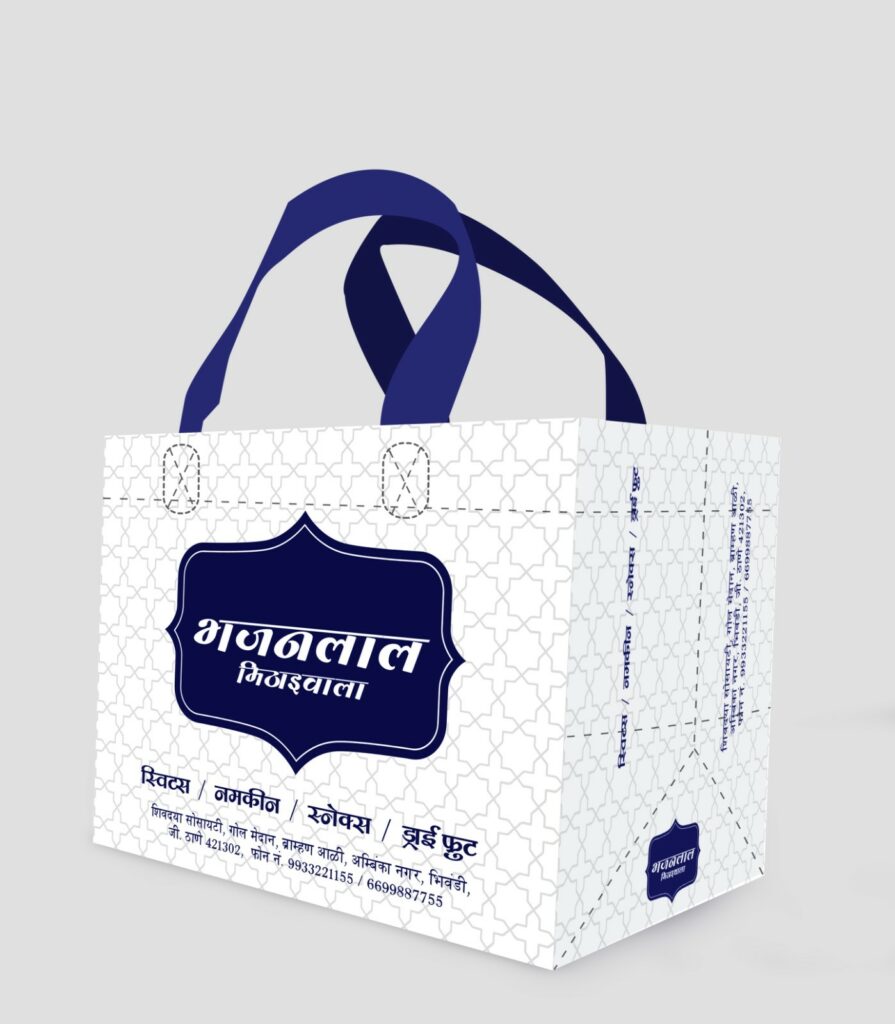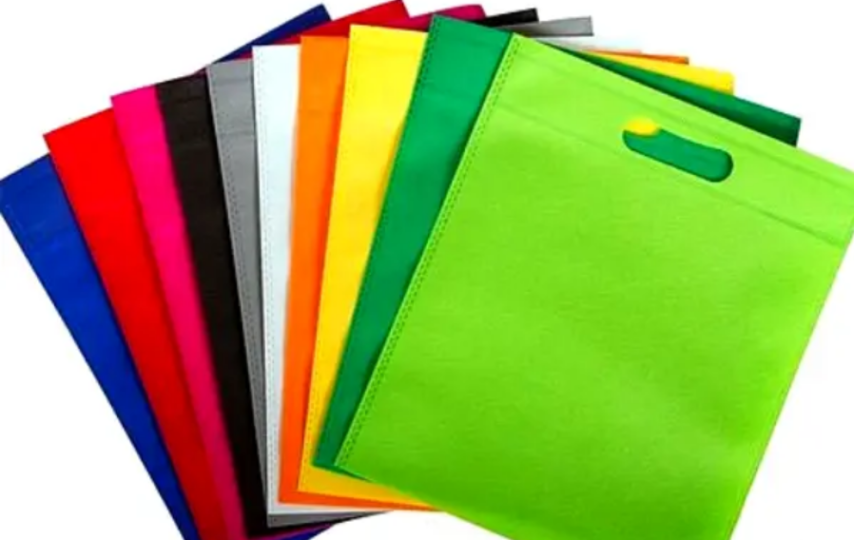Non woven fabric is a brand-new kind of fibre product made from polymer chips, short fibres, or filaments using a variety of web forming processes and consolidation techniques. It has a soft, breathable, and planar structure, and is used in the manufacturing process of non woven bags. These bags have a number of advantages over conventional plastic bags, including being affordable,high quality, usefulness, environment-friendly, being extensively used, and having prominent advertising places. It is the perfect promotional gift for businesses and institutions because it works for all business endeavours and exhibitions.
Products that can be converted into cloth-like non-woven fabrics without the use of a weaving process are known as non-woven fabrics or non woven textiles. It is manufactured by simply orienting or randomly braiding short fibres or filaments to create a web structure, which can subsequently be reinforced mechanically, thermally, or chemically. Spun-bonded non-woven fabric is used to make the majority of non woven bags.
Features of laminated non woven fabric bags
The laminated non woven fabric bag is the ideal balance of style and usability. These handcrafted bags, which come in a wide range of styles, hues, and patterns, are created from eco-friendly non-woven material and have stunning metallic colour films for enhanced sparkle. Your purchases will stay dry and safe thanks to the waterproof and fluid-resistant material that is ideal for shopping bags and food grain packaging. These bags are a great option for frequent usage because they are strong and simple to clean. With interchangeable colours and handle styles, you can get the perfect design on the bag for your company. For a chance to show off your original design, choose between screen or flexo printing and let your business stand out from the crowd.
Raw materials used in the manufacture of the bag
The non-woven bag’s primary raw material is polypropylene, while the primary raw material for plastic bags is polyethylene. Despite the fact that the two chemicals share a name, their chemical compositions are very different. The chemical molecular structure of polypropylene is weak and the molecular chain may be readily broken, which can efficiently disintegrate; in contrast, the chemical molecular structure of polyethylene is relatively stable and exceedingly difficult to degrade, taking 300 years for the plastic bag to break down. A non woven bag can degrade entirely in 90 days and then enter the following environmental cycle in a non-toxic state.
Why are non woven bags used by people?
Manufacturers produced thousands of non-woven bags after the government declared a ban on single-use plastic bags, which helped these bags gain popularity. The fibres in non-woven textiles are directly bound together by physical means rather than being interlaced and braided by separate yarns. Non-woven fabrics defy conventional textile principles and feature attributes such a quick process flow, quick production speed, high output, low cost, widespread application, and a variety of raw material sources. These bags are favoured for greater tear resistance, they are waterproof and lubricious, are sustainable, and can be customized.

Advantages of non woven bags
1. Non woven polypropylene is a very useful fabric. These are comfortable and soft enough to be used in the production of surgical masks and gowns. This fabric is also used in the production of non woven bags since it is both sturdy and light. These bags are made of a sheet or web of polypropylene fibres. The polypropylene fibres are joined together via mechanical, thermal, or by chemical means. They are porous, flat sheets that are manufactured solely from individual fibres. These bags are easy for the users to transport everywhere. As these bags are lightweight, it translates into low shipping costs.
2. When you contrast plastic bags with non-woven polypropylene bags, you can use why the latter are eco-friendly. Non-woven bags can be recycled and reused. They are very simple to clean. The majority of nonwoven polypropylene bags’ components are recyclable 5-Type plastic. Reusing and recycling the bags can stop land contamination. They can be used to create new bags after being recycled.
3. Non woven bags differ from woven bags in terms of energy. The processes of knitting and weaving materials, ranging from thread to clothing are used in the manufacturing of woven bags, which require a lot of enerrgy. Compared to how woven bags are made, simple methods are used in manufacturing non woven bags, which require less energy.
4. Grocers, department stores, gift shops, off-licenses, promotional companies, and many more businesses now employ non woven bags. These bags manufactured by Universal Bags are now the most adaptable, useful, and environment-friendly bags in the market. Non-woven fibres have various benefits, including resilience, better absorbency, improved washability, and germ defence. The characteristics of non-woven fabrics can also be improved, including their ability to repel liquids, resist impacts, be flame-retardant, provide electrical insulation, and provide thermal insulation.








